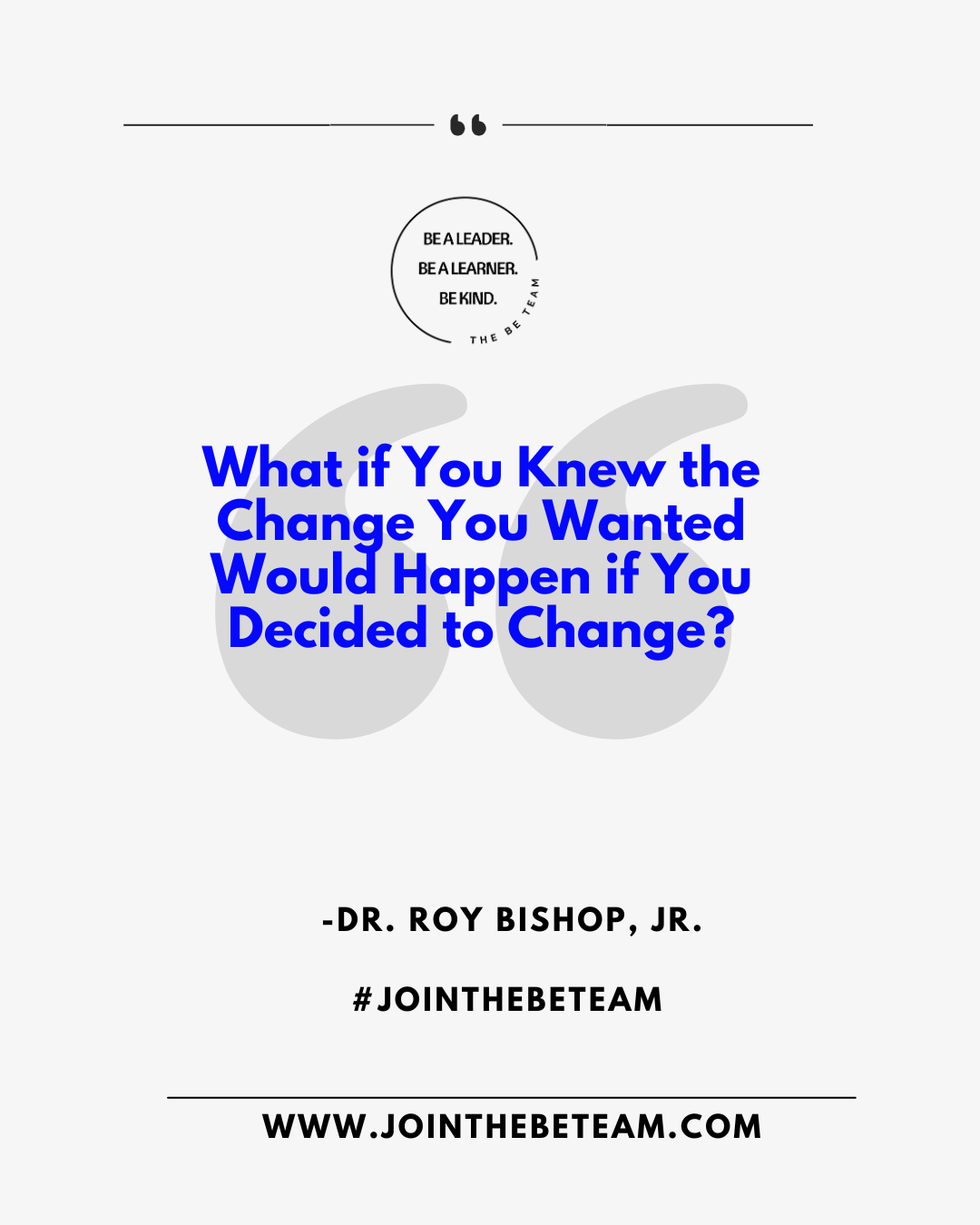Get in touch
jointhebeteam@gmail.com
(205)-392-2326
Follow us
Plan Your Week of Your Week Will Plan You
February 24, 2025
Plan your week or your week will plan you!

Ever Feel Like Your Week Runs You Instead of the Other Way Around?
You wake up Monday morning already feeling behind. The to-do list is endless, meetings pile up, and by Friday, you’re wondering where the time went. Sound familiar?
That’s because when you don’t plan your week with intention, your week will plan itself—and not in a way that serves you. Instead, you’ll spend your time reacting to everyone else’s priorities instead of making progress on your own.
If you want to stop feeling overwhelmed and start feeling in control, it starts with a plan.
Why This Matters
Time is your most valuable resource. Successful people don’t let their time get hijacked by distractions, interruptions, and last-minute chaos. They set the agenda and make decisions based on their priorities, not someone else’s.
When you take control of your week, you:
Reduce stress and avoid the feeling of always being behind.
Get more done in less time with focused, intentional work.
Have space for what truly matters—your health, family, and personal growth.
The choice is simple: Run your week, or let it run you.
How to Plan Your Week Like a Pro
1. Set Your Non-Negotiables First
- Before you get caught up in the noise of emails, meetings, and last-minute requests, identify your non-negotiables—the things that must happen no matter what.
- Your personal priorities (workouts, family time, self-care)
- Your biggest work goals (projects, deadlines, creative work)
- Your key commitments (meetings that truly matter, important calls)
Pro Tip: Block these out in your calendar first. If you don’t prioritize them, someone else will fill your time for you.
2. Time Block Like a Pro
Successful people don’t just hope they’ll find time for what matters—they schedule it.
- Morning Focus Blocks – Use your most productive hours for deep work, strategy, or creative thinking.
- Meeting Blocks – Instead of scattered meetings all day, batch them into designated time slots.
- Breaks & Buffer Time – Avoid burnout by scheduling pauses and flex time for the unexpected.
Pro Tip: If it’s not on your calendar, it’s not a priority. Period.
3. Win the First 90 Minutes of Your Day
- How you start your morning sets the tone for your entire day. Instead of diving into emails and distractions, protect your first 90 minutes for high-impact work.
- Work on your biggest goal before the world interrupts you.
-Avoid reactive tasks like social media and emails.
- Set clear intentions: What MUST get done today?
Pro Tip: When you own your mornings, you control your day. And when you control your days, you control your life.
4. Plan for the Unexpected
No week ever goes exactly as planned. The key is building in flexibility.
- Create a “Catch-Up” Block – Leave open time for overflow tasks.
- Use a “Must-Do” & “Nice-to-Do” List – Prioritize what truly matters.
- Say No More Often – If it doesn’t align with your goals, protect your time.
Pro Tip: Disruptions will happen. But when you have a plan, they don’t throw you completely off course.
5. End Your Week with a Reset
- Before you wrap up on Friday, take 10 minutes to reflect and reset for the next week.
What went well?
What needs to be adjusted?
What’s the #1 thing you need to focus on next week?
Pro Tip: Starting the next week with clarity helps you avoid the Monday scramble and sets you up for success.
My Challenge to You
Before this week starts: Take 10 minutes to plan your week.
• Block your non-negotiables.
• Set clear goals.
• Protect your time.
Because a week well-planned is a week well-lived.
Key Takeaways
- If you don’t plan your week, your week will plan you.
- Schedule your priorities first before others dictate your time.
- Use time blocking to stay in control and avoid distractions.
- The first 90 minutes of your day can set the tone for success.
- Expect the unexpected—build flexibility into your schedule.
Join the Conversation
How do you plan your week for success?
What’s one thing you’ll change about how you schedule your time?
Drop your thoughts in the comments! Let’s learn from each other.
Like & share if this helped you take back control of your week!
Until we meet again: Be a Leader. Be a Learner. Be Kind.
Dr. Roy Bishop, Jr.
Ready to take your leadership skills to the next level? Click Here to sign up for a complimentary 1-hour leadership consultation with me today! Let's work together to equip you with everything you need to achieve greatness!
Check out our website at www.jointhebeteam.com for more tips, tools, and resources for leaders!
share this
Related Articles

Hey good people, Did you know that 92% of leaders say resilience is the key to long-term success, yet most struggle to develop it? What if I told you that your ability to bounce back is the most important skill you can develop as a leader? We all want success. We all want to lead with confidence and make a meaningful impact. But the truth is, challenges, setbacks, and unexpected roadblocks are inevitable. The question isn’t whether you’ll face them—it’s how you’ll respond when they come. I remember a time early in my career when I faced a major leadership challenge. A project I had put my heart into completely fell apart. The team I was leading felt discouraged, and I started questioning my own abilities. I had two choices—let failure define me or use it as fuel to improve. I chose resilience. I took a step back, reassessed what went wrong, and pivoted instead of quitting. That experience didn’t break me—it made me a better leader. And that’s what resilience does. Resilience isn’t about avoiding failure or pretending things don’t get tough. It’s about learning how to push forward, adjust, and grow through the experience. And when you embrace resilience as a leadership mindset, you not only transform yourself—you inspire those around you to do the same. One Thought to Keep in Mind Resilience isn’t just about endurance—it’s about adapting, learning, and leading through adversity. Strong leaders don’t just survive tough times; they use them as fuel to become better, wiser, and more effective. The version of you that got you here isn’t necessarily the version that will take you to the next level. Growth requires change, and resilience is the bridge that helps you cross from where you are to where you need to be. Two Strategies to Strengthen Your Resilience 1. Shift Your Perspective on Challenges Instead of seeing obstacles as roadblocks, start viewing them as growth opportunities. The hardest moments in life often teach us the most valuable lessons. Next time you hit a setback, instead of asking, “Why is this happening to me?”, reframe it: “What is this teaching me?” Leaders who thrive don’t just endure difficulties; they use them to sharpen their skills, refine their leadership, and strengthen their teams. 2. Adjust, Don’t Quit Resilience doesn’t mean you push forward blindly—it means you learn how to pivot. Great leaders don’t let obstacles define them. They take a step back, reassess, and find another way forward. When something doesn’t work out, don’t see it as a dead end—see it as a redirection. Actionable Tip: Instead of getting stuck in frustration, take five minutes to write down what you can control in a tough situation. Then, focus all your energy on moving forward in that area. One Question to Reflect On What’s one challenge you’re currently facing that could actually be a hidden opportunity for growth? Action Step This week, embrace one challenge instead of resisting it. Shift your mindset, find the lesson, and take one intentional step forward. The hardest part isn’t the challenge itself—it’s deciding how you’ll respond. Final Thoughts Resilience isn’t just about getting through tough times—it’s about growing through them. It’s the decision to keep going when things get tough, to learn from failure, and to push through discomfort because you know there’s something better on the other side. The strongest leaders aren’t the ones who never fall—they’re the ones who always get back up. So, let me ask you: What’s stopping you from becoming the most resilient version of yourself? Your next level of leadership is on the other side of resilience. Make the decision today to embrace challenges as stepping stones, not roadblocks. Until next time: Be a Leader. Be a Learner. Be Kind. Let’s keep leading together. Dr. Roy Bishop, Jr.

Daily Leadership Lift for February 24th, 2025: The Power of Presence Think of this as your 5-minute power-up to fuel your leadership journey. Your presence as a leader matters more than your words. Today, commit to being fully engaged in every interaction. Put away distractions, listen actively, and make people feel seen and valued. The Power of Presence Warm-Up Daily Reminder: Your presence as a leader matters more than your words. Be fully engaged in every conversation and every interaction today. Motivational Quote: "Wherever you are, be all there." — Jim Elliot Positive Affirmation: "I am fully present in every moment. My focus and energy inspire those around me." I am Grateful For: The ability to truly connect with others, to listen with intention, and to lead with awareness. Workout: Leadership in Action Leadership Question Answered: Q: How can I show up as a more present leader? A: Eliminate distractions. Put away your phone, maintain eye contact, and listen actively. Presence is a gift—give it freely. Two Questions to Consider: How often am I distracted in conversations? What’s one way I can improve my ability to be fully present? Two Strategies to Implement: Practice Deep Listening: Before responding, pause and repeat what you heard in your mind. Time Block Your Attention: Dedicate time to be present with people without multitasking. Journal Prompt: Describe a time when someone’s full attention made you feel valued. How can you offer that same presence to others? What I’m Reading: "The Art of Focus" by Dan Goleman – A guide to sharpening your attention and deepening your leadership impact. Take Action: Today, put your phone on silent and give your full attention to one conversation. See the difference it makes. Until we meet again: Be a Leader. Be a Learner. Be Kind. Dr. Roy Bishop, J r.

What if You Knew the Change You Wanted Would Happen if You Decided to Change? We all love to feel comfortable, don’t we? Comfort gives us that sense of security and predictability. But here’s the thing—when we’re too comfortable, we stop growing. And when life challenges us or pushes us out of our comfort zones, our instinct is to cling to what feels safe. But sometimes, to create something better for ourselves, we have to embrace change—even when it’s uncomfortable. The growth we’re looking for often requires us to let go of what’s familiar and step into something new. One Thought to Keep in Mind Change isn’t just inevitable—it’s essential. As leaders, parents, partners, and human beings, we’re constantly evolving. The version of you that got you here may not be the version that will take you where you want to go. Change doesn’t mean you’re losing yourself; it means you’re growing into who you’re meant to be. Two Strategies to Help You Focus on Positive Change 1. Stop Seeing Discomfort as the Enemy Growth isn’t supposed to feel easy. Discomfort is a sign that you’re stretching yourself, learning, and becoming better. Instead of avoiding it, lean in. Ask yourself, “What is this teaching me?” You’ll be surprised how much progress you can make when you stop fighting the process. 2. Start Small and Stay Consistent Change doesn’t have to be dramatic to be meaningful. Focus on one thing you can do today that aligns with where you want to go. Maybe it’s setting a boundary, having an honest conversation, or taking the first step toward a new habit. Small, consistent actions are what create lasting change. One Question to Reflect On What part of your comfort zone is no longer serving you? Action Step This week, choose one thing in your life or leadership that you’ve been resisting. Take one small, intentional step toward change—whether it’s big or small. The hardest part is deciding to start, so don’t overthink it. Just take the step and see what happens. Final Thoughts Change can feel hard, but it’s often the doorway to something amazing. The key is to focus less on the discomfort and more on the growth that’s waiting on the other side. Remember, the life and success you’re striving for aren’t as far away as they seem—it all starts with deciding to take the first step. Until we meet again: Be a Leader. Be a Learner. Be Kind. Dr. Roy Bishop, Jr. Ready to take your leadership skills to the next level? Click Here to sign up for a complimentary 1-hour leadership consultation with me today! Let's work together to equip you with everything you need to achieve greatness! Check out our website at www.jointhebeteam.com for more tips, tools, and resources for leaders!
STAY UP TO DATE
the latest from the be team
Receive an alert anytime a new post drops
Contact Us

